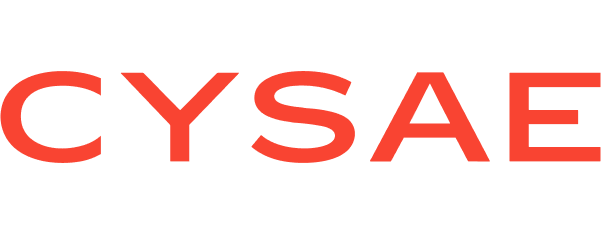A convertible loan is a financing method commonly used by startups, combining a convertible loan with a participating loan.
A participating loan is one in which the lender participates in the company’s benefits, meaning it depends on the results of the company.
Meanwhile, when we refer to a convertible loan, the lender has the opportunity to become a shareholder in the company.
Characteristics:
- Variable interest rate: First, the interest rate of the loan is variable. A fixed interest rate can be established, but what is important is that this type of financing is linked to the company’s results.
- Equity participation: The loan can form part of the net worth of the company in the event of capital reduction or liquidation of the company, thereby improving the company’s solvency ratio and its ability to pay off debts.
- Anticipated amortization: In order to carry out the anticipated amortization, the loan should be prior to any capital increase or allocated to compensation. In this way, the rest of the creditors will not be prejudiced.
- Subordinated debt: With subordinated debt, the lender is only paid after the company’s shareholders and other creditors.
- And, in addition, the interest on the loan is deductible as a financial expense in the corporate income tax (CIT).
Advantages:
- The biggest advantage is that it is an attractive financing option for lenders. Since it is a participating loan, it could be considered that it carries a higher risk because it depends on the company’s results, but by combining it with a convertible loan, that risk is reduced, as lenders have the option to become company shareholders.
- On the other hand, the company also obtains financing with lower risk and no immediate dilution of existing shareholders’ equity.
Disadvantages:
- For shareholders, it can lead to a loss of control over the company, especially when lenders have the option to convert the loan into equity, resulting in dilution of their ownership in the company.
- For lenders, it carries the possibility of not recovering the investment if the company does not perform well and does not generate good results.
- Additionally, the subordination to other debts is a disadvantage for lenders.
ENISA
ENISA (National Innovation Enterprise) is a public company that currently offers this type of financing. To access it, the company must meet a series of requirements. Among others:
- The company must be domiciled in Spain and have operations in Spain.
- The company must be an innovative business model.
- That the SME has been established in the last two years prior to the funding request.
In short, this is a very advantageous option for both the lender and the company, as it is a financing method that offers great flexibility for both parties.




